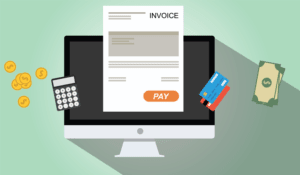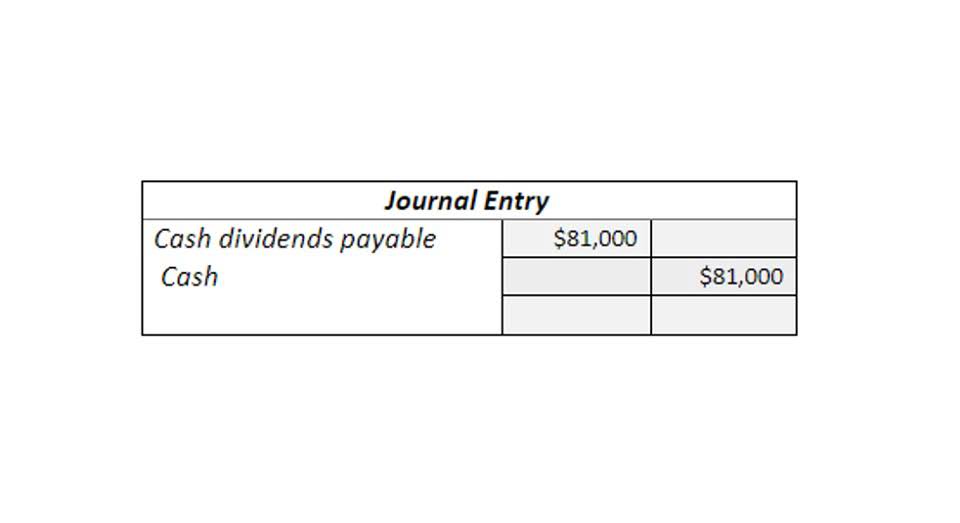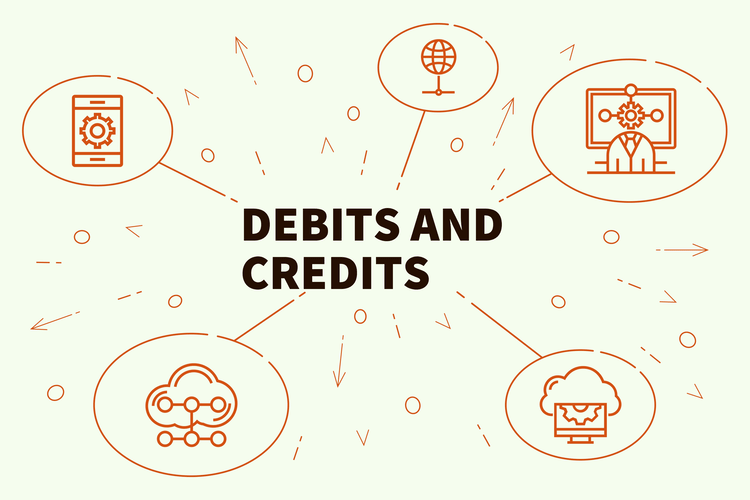
Simply put, it’s the art and science of managing the financial dance of your subscription-based business. It’s about understanding the unique revenue models, accounting standards, and regulations that make SaaS tick. Think of it as the DJ who spins the record of your financial data, ensuring everything flows smoothly and sounds on point. If the CCA does not include a software license, the arrangement is a service contract, and the fees for the CCA are recorded in the same way as other SaaS expenses, generally as operating expense.
It also goes by unbilled revenue since you are yet to bill the customers for what they owe you. Simply put, revenue recognition determines when payment is recognized as revenue. In short, it’s not revenue until you have fulfilled your performance obligation. SaaS accounting is a form of accounting that focuses on the unique needs of software-as-a-service businesses. This model consists of a service provider which will host a service providing software.
A Closer Look — Investor demand for corporate reporting in line with the Paris Agreement on climate change
Sales (and revenue recognition) will be primary things to focus on once you are generating revenue. Also, consider the delays in your sales cycle and customer collections as these have a direct impact on your cash flows. One of the reasons investors love subscription businesses is that they are easier to forecast – which is also why it’s really important to create a great financial model for your SaaS business.
Viewpoint is our online digital resource for the latest news, PwC guidance, webcasts, research materials and full text of the authoritative accounting… KPMG has market-leading alliances with many saas accounting rules of the world’s leading software and services vendors. Regular financial audits will keep your processes and books in order for when your company is legally required to produce GAAP reports.
Other BIWS Courses Include:
In order to comply with the GAAP principles, a solid understanding of these key metrics is crucial. Flux analysis in accounting is the process of comparing the latest month’s actuals to a previous period of time (month, quarter, year) to identify unusual fluctuations in revenue or expenses. While similar to a budget variance analysis, the flux analysis acts more as a gut check for accountants to verify that the numbers are accurate after closing the books. Organizing your general ledger according to GAAP standards will only take you so far. Take the time to make sure your GL reflects your business with the right level of complexity and granularity to create a rock-solid foundation for financial reporting.
- Companies recognize revenue when the service is actually delivered to the client.
- The accounting framework outlined in the remainder of this article is consistent with these agenda decisions.
- A deferred revenue account and accounts receivable are essential to keep SaaS revenue organized and easy to forecast.
- Suppose your startup does not have clear, reliable financial records and up-to-date financial statements (like profit and loss statements, balance sheets, or cash flow statements).
- This approach works well for large corporations and SaaS companies that derive revenue from subscriptions.
- A more accurate way is to keep tabs on recognized revenue, which is the actual amount earned by the business in exchange for the product or service.
It occurs when clients pay for your product up front and before you deliver services. Since you are yet to fulfill your performance obligations, deferred revenue is treated as a liability. According to the GAAP standards, revenue is recognized when earned, meaning when you fulfill a service.
SaaS Accounting Best Practices
Revenue is the money your company makes from fulfilling performance obligations. In other words, you will only get paid once you successfully provide the software service to your customers. You will recognise revenue over time based on the customer experiencing the benefits of your product or service and the accompanying transfer of control from the seller to the buyer.









